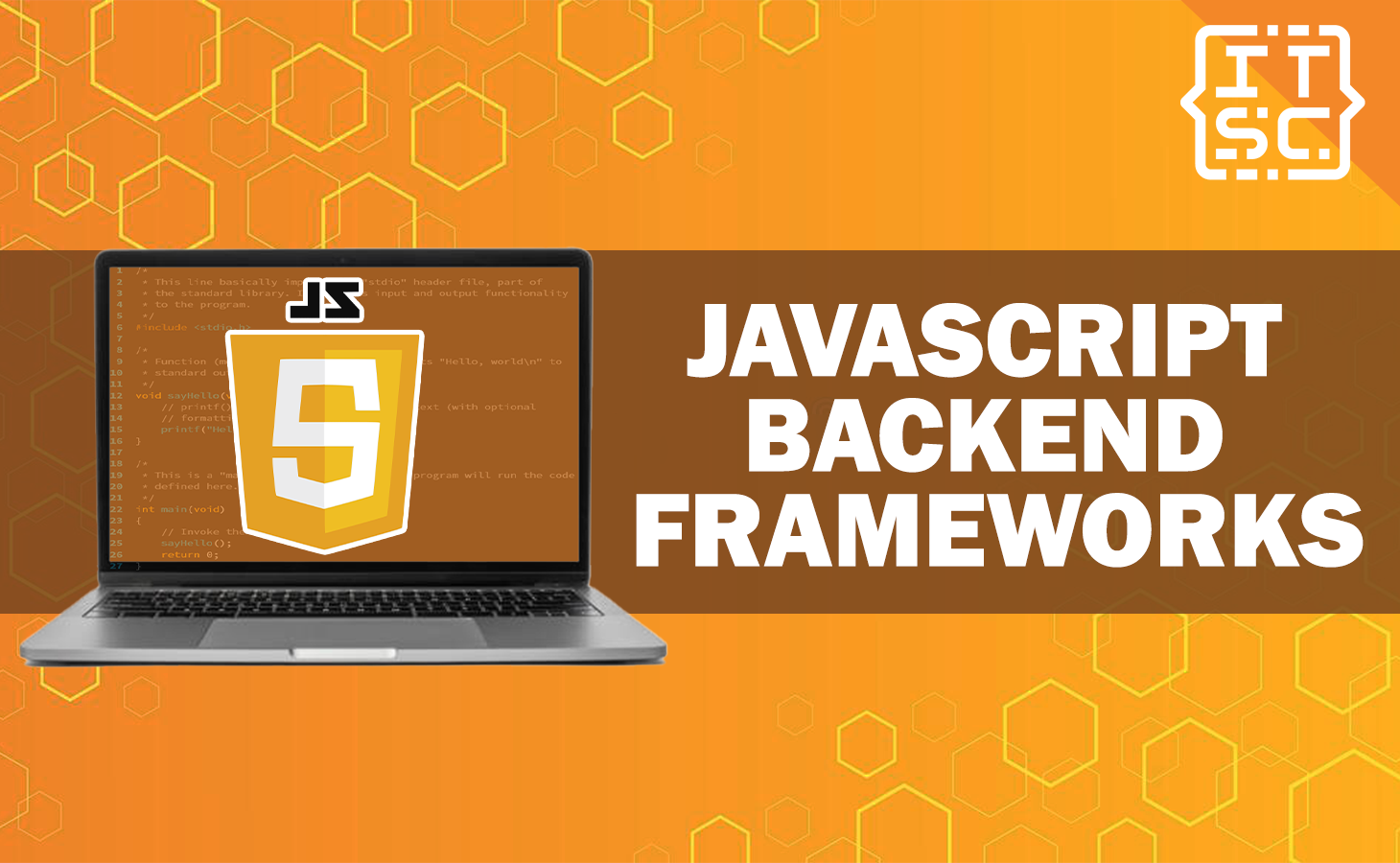In this article, we will discuss these frameworks, exploring their understanding, the top contenders in the field, and why they are essential in modern web development.
What Are JavaScript Backend Frameworks?
JavaScript backend frameworks, typically referred to as server-side JavaScript frameworks, are collections of pre-written code and libraries that shorten the development of server-side applications using JavaScript.
They provide a structured method for building web services and APIs, handling tasks like routing, database interactions, and user authentication aimlessly.
The Power of JavaScript Backend Frameworks
JavaScript backend frameworks have become a driving force in modern web development for multiple reasons:
Up-to-date Development
- Backend frameworks offer a structured and organized method to development, reducing the need for writing repetitive code.
- Developers can focus on building features and functionality rather than dealing with low-level server operations.
Cross-Platform Compatibility
- These frameworks enable developers to create web applications that work aimlessly across various platforms and devices.
- This cross-platform compatibility is important in today’s digital landscape, where users access websites on different devices.
Community Support
- Bbackend frameworks benefit from robust developer communities that contribute to their improvement and maintenance.
- This is to make sure that frameworks stay up-to-date with the latest technologies and security standards.
Scalability
- With backend frameworks, applications can easily scale to handle increased traffic and data loads.
- This scalability is important for businesses that assume growth in their online presence.
Also read: What Can You Do With JavaScript? 10 Applications
Top JavaScript Backend Frameworks
Now that we understand the importance of JavaScript backend frameworks, let’s proceed to the top contenders in the field:
1. Express.js
- Backend Framework: Express.js
- Description: Express.js is a minimalist, flexible, and widely-used Node.js web application framework. It provides a great set of features for web and mobile applications.
2. Nest.js
- Backend Framework: Nest.js
- Description: Nest.js is a progressive Node.js framework for building effective and scalable server-side applications. It follows the modular architecture, making code maintainable.
3. Koa.js
- Backend Framework: Koa.js
- Description: Koa.js is a lightweight and expressive Node.js web framework that aims to be more powerful and expressive than its predecessor, Express.js.
4. Hapi.js
- Backend Framework: Hapi.js
- Description: Hapi.js is a rich framework for creating applications and services in Node.js. It emphasizes configuration-driven development and plugin support.
5. Sails.js
- Backend Framework: Sails.js
- Description: Sails.js is a web application framework that makes it easy to build custom, enterprise-grade Node.js apps. It provides data-driven APIs out of the box.
6. Meteor.js
- Backend Framework: Meteor.js
- Description: Meteor.js is a full-stack platform for building web and mobile applications in pure JavaScript. It provides real-time application capabilities.
7. Adonis.js
- Backend Framework: Adonis.js
- Description: Adonis.js is a Node.js web framework with a focus on developer ergonomics and speed. It provides a powerful set of tools for building web applications.
JavaScript Backend Frameworks in Action
Let’s take a closer look at how Backend frameworks are use in real situation:
Building APIs
- Bbackend frameworks excel in creating RESTful APIs and GraphQL endpoints.
- They simplify data handling and validation, making it easier to communicate with front-end applications.
Handling Authentication
- These frameworks provide authentication middleware, ensuring secure access to your web applications.
- Developers can implement user authentication without reinventing the wheel.
Real-Time Applications
- Backend frameworks support real-time features like chat applications and live notifications.
- They use technologies like WebSockets to allow instant data updates.
Microservices Architecture
- In a microservices architecture, backend frameworks help manage and scale individual services effectively.
- They allow the creation of independent, manageable components.

